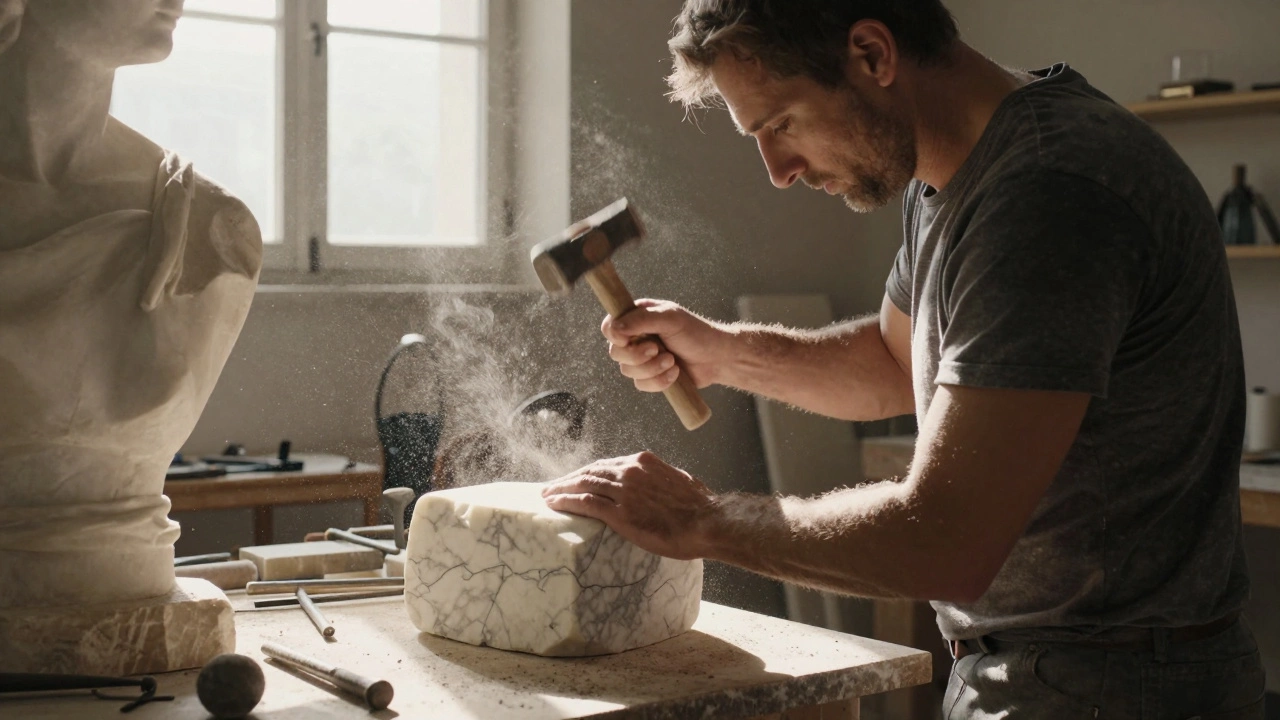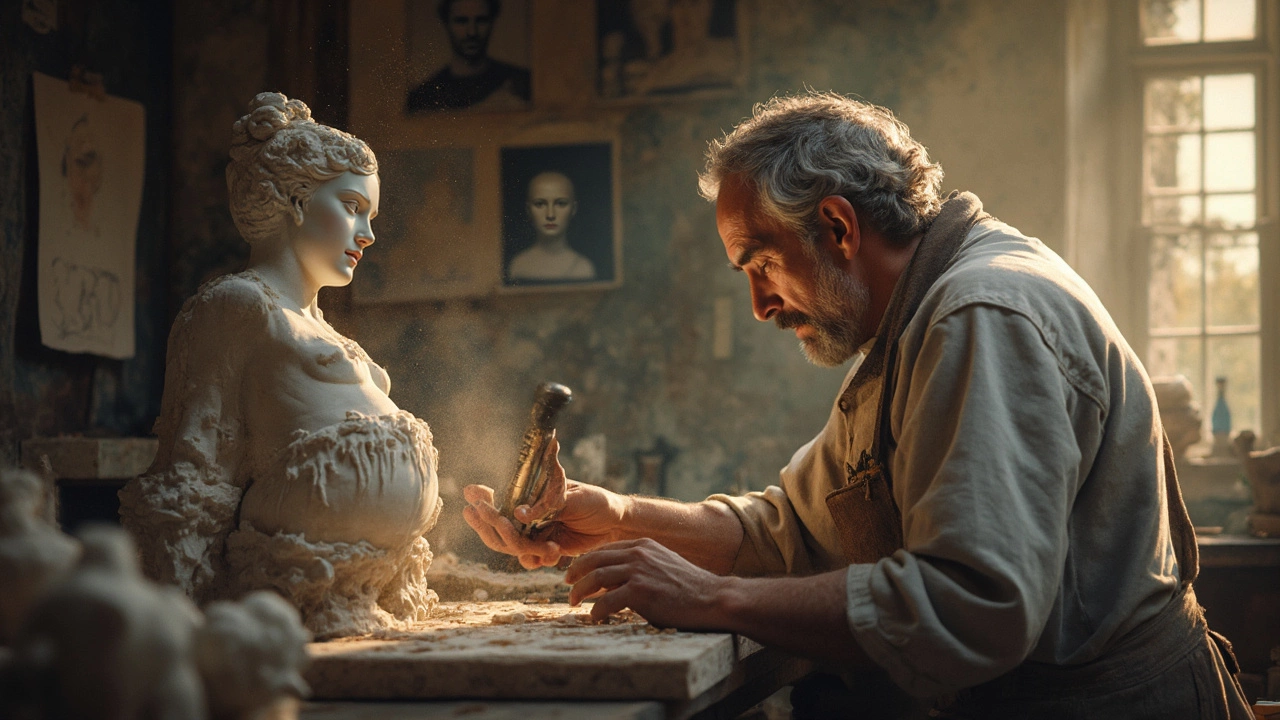Sculptor Resources: Easy Projects, Cheap Materials, and Handy Tips
Thinking about shaping clay, metal, or even recycled junk into art? You’re in the right spot. This page pulls together the most useful guides for anyone who calls themselves a sculptor, whether you’re just starting out or looking to stretch your budget.
Start Simple: Projects that Won’t Stress You Out
If the word “sculpture” makes you picture massive stone blocks, drop that myth right now. The easiest sculptures are often tiny, tactile, and made from stuff you already have. Our guide “Easiest Sculptures for Beginners” walks you through three low‑tech ideas: a tabletop animal made from air‑dry clay, a wire‑and‑paper mashup that you can tweak with pliers, and a plaster dip of a household object. Each project includes step‑by‑step instructions, the exact tools you need, and a rough time estimate (usually under an hour). Give one a try and you’ll see that sculpting is more about hand‑eye coordination than muscle power.
Save Money Without Sacrificing Creativity
Budget is a big hurdle for many new sculptors, but you can still make impressive pieces without splurging. In “Cheapest Materials for Sculpture” we break down three cheap‑but‑effective options: using plaster of Paris mixed with water for quick casts, repurposing cardboard tubes and chipped wood for armatures, and turning everyday trash (think soda cans, bottle caps, and broken toys) into assemblage art. The article also lists where to find free or low‑cost supplies—like community recycling centers, thrift shops, or online freebie groups. Knowing where to look saves you cash and adds a sustainability angle to your work.
When you’re ready to move beyond basics, think about layering techniques. A common mistake is applying too much material at once, which leads to cracks as it dries. Start with a solid armature (a simple wire frame works for most small‑scale pieces), then add thin layers of your chosen medium. Let each layer dry before adding the next—this way you avoid sagging and keep details crisp.
Another quick win is mastering surface finish. Even a rough clay bust can look polished with a bit of sanding and a coat of matte sealer. If you’re using plaster, a light mist of diluted acrylic paint can bring out texture without hiding it. These finishing tricks are mentioned in several of our posts, so you won’t have to search far to find a simple recipe.
Got a specific sculpting question? Browse the tag’s article list and you’ll find answers on everything from fixing a wobble in a wire armature to choosing the right glaze for polymer clay. Each article is written by artists who have faced the same hurdles you’re dealing with, so the advice feels personal and practical.
Finally, remember that sculpting is a process, not a performance. Set realistic goals—a small figurine this week, a mixed‑media bust next month—and celebrate each finished piece. The more you experiment, the better you’ll understand how different materials behave together.
Ready to get your hands dirty? Pick a project from the beginner list, grab the cheapest material you can find, and start shaping. You’ll be surprised how quickly confidence builds when you see your ideas turn into three‑dimensional reality.

8 Dec 2025
The correct term for someone who makes sculptures is sculptor. Learn why this word matters, how it differs from similar terms, and what real sculptors actually do-from carving stone to welding steel.
Continue reading...

7 Mar 2025
A sculptor is a skilled artist who molds materials like stone, wood, or metal into stunning three-dimensional forms. Focusing on both traditional and modern techniques, sculptors can transform rough materials into art that evokes emotion and inspires imagination. Learn about the tools of the trade, the creative processes involved, and interesting facts like how ancient sculptors shaped masterpieces before modern technology. Whether you're an aspiring artist or simply curious, dive into the world of sculpture to appreciate the hardship and creativity involved in this timeless craft.
Continue reading...

